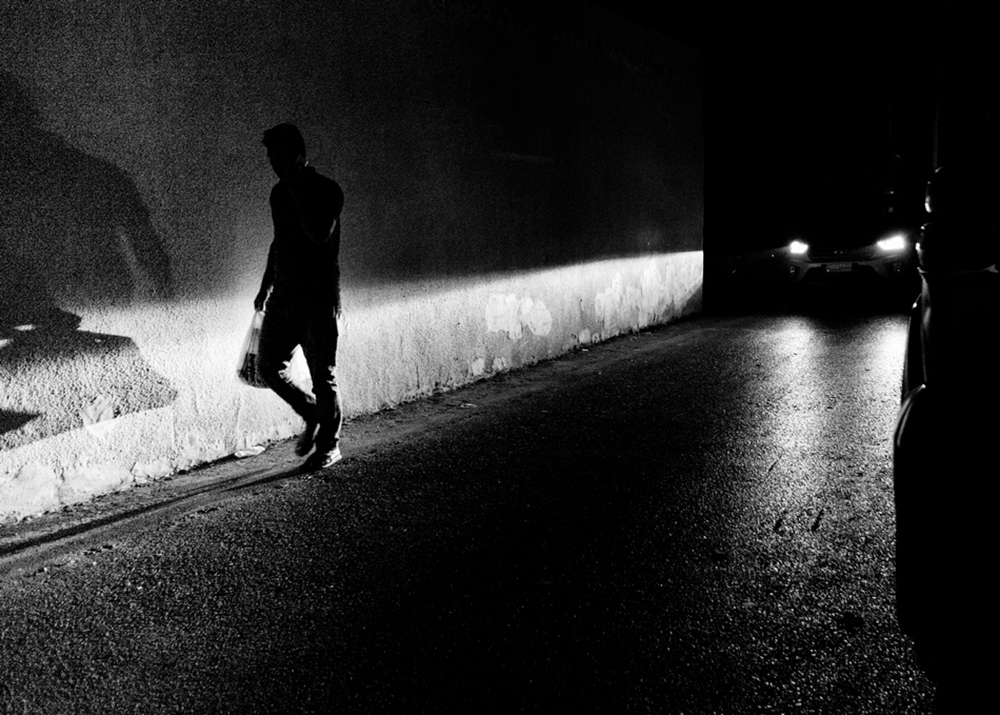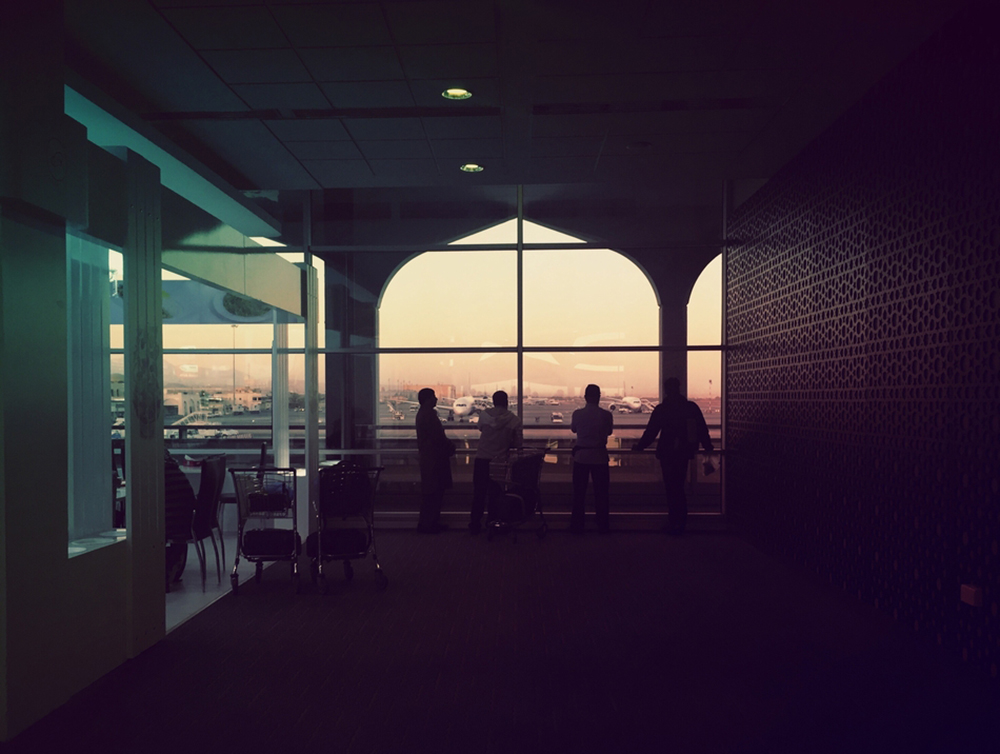6 Tips To Instantly Level Up Your Photography
There are certain things that you can’t learn from any book or workshop. These are things you normally learn about while you’re actually in the field shooting, and processing your images afterwards.
Half of the concepts mentioned in this article are related to post-processing, while the remaining comprises of shooting techniques and rants. These are the concepts I wish I’d known much earlier in my career. Let’s go through them one by one.
1. Cranking ISO vs. Bumping Exposure In Post
There is no such thing as a free lunch. Both of these approaches are used when you are low on light and want more juice from your gear/software. But generally speaking, increasing ISO in-camera will yield better results as it introduces noise uniformly across the image. It’s really helpful in situations where there are consistent lighting conditions like portraits, macro and sometimes landscapes.
But in high contrast/low key situations where you really need a boost and it is introducing too much noise, it’s better to shoot at low ISO and increase the exposure in post. It will only introduce noise to certain sections and the rest of your image remain noise free.
I shot the image below at ISO 1600 which doesn’t show the person and his shadow. I raised the exposure of only the top left area in Lightroom so the remaining image is still low in noise. If instead, I shot this image at ISO 3200 or 6400, it would have introduced too much noise across the entire image which doesn’t even have details to show and noise would have be more visible.

2. Using Presets As A Starting Point
Presets are a quick and easy way to start processing your photos. They will give you a good starting point for your very own processing style. If you want a certain look (maybe you like antique, old film or washed out effects), you can experiment with different presets and find something close to what you have in mind, start your processing on top of it to match your specific taste.
Contrastly brings you lots of ready to use free as well as premium presets if you want to get a head start when it comes to post-processing your images.

3. Noise Reduction & Sharpening
Noise reduction and sharpening are two separate concepts, but they go hand in hand because increasing or decreasing one will have an opposite effect on the other. It is extremely important if you work with photos shot in low light. Noise reduction and sharpening is not based on any specific formula and it changes with every picture. You need to practice in order to master it.
Whether you are using Lightroom, Photoshop or any other software for your post possessing, concepts like Amount, Radius, Detail, Color, Luminance and Masking are common when it comes to noise reduction and sharpening.
Explaining these concepts in detail would require a separate article (or many), but there’s a very interesting article on sharpening here on Contrastly that will point you in the right direction.
In a world where more and more photographers are moving towards smaller and lighter cameras (and even smartphones) for serious photography, this concept is even more important and will improve the overall quality of your images. Not to mention, it will give you more usable images in conditions where you would normally stop shooting because of difficult lighting conditions.


4. Are Full-Frame Lenses On Crop-Sensor Bodies Worth It?
This one is not a technique. It’s just a rant. But because of its importance, I am bringing it up here. I really suffered from this syndrome for a long time and I observed a lot of my colleagues/friends suffer from this as well. Still, a good portion of photographers around the world are using crop-sensor cameras for their day-to-day photography needs. Even with all the advancement in full-frame technology, it is often too pricey for a lot of people (or just very difficult to justify spending that much on a camera body). But when it comes to purchasing lenses for our crop sensor bodies, many of us prefer to go for full-frame lenses so that when we upgrade from crop-sensor to full-frame, our lenses would still be usable.
How many of you actually upgraded to full-frame? And if you did, did you go with the same system? (e.g.: Canon 80D to 5D) Very few I believe. We all like to believe that moving to full-frame will dramatically improve our images, but in reality it won’t. Apparently it’d give you more usable images at higher ISOs than crop-sensor cameras (right…), but photographs are much more than just noise or depth-of-field. In the good old film days, photographers faced a lot of noise issues, but still managed to produce beautiful images.
So why purchase full-frame lenses for your crop-sensor camera? They cost more, weigh more, take more space, and you will become tired much more quickly in your photography trips due to carrying these beasts. There are a lot of great crop-frame lenses from third party brands like Tamron and Sigma that costs much less and produces better images while still remaining small in size, lighter in weight and will give a practical focal length range. When it’s time to actually move to full-frame, you can sell those with a fraction of the loss.
5. Using Live View To Nail Critical Focus
We all use Live View when shooting from an awkward angle where we can’t use the viewfinder. But live view is not just for that. You can use live view to nail down critical focus much more precisely and accurately than in the viewfinder. It’s especially useful in macro photography where you have a very thin depth-of-field and in portrait photography where having tack sharp eyes is the criteria that makes or breaks an image. Also in landscape photography, it will come handy when you want to make sure that the immediate foreground and background are both in focus.
You can simply launch LiveView on your camera, zoom in and use manual focusing to precisely lock the focus exactly where you want it. It will require the use of tripod most of the time, but the results really are worth it.

6. Understanding Auto ISO Better
Nowadays cameras are becoming better and better when it comes to ISO performance because of noise reduction algorithms. Using higher ISOs is becoming easier and safer. You can’t use your camera at the base ISO all the time, so it’s important that you fully understand and use your camera’s ISO potential to its fullest.
Auto ISO is simply a matter of fixing a minimum shutter speed in your camera so that when light goes through the lens and hits your camera sensor, your camera automatically reduces your shutter speed to that level. And after that it starts to increase your ISO. That way you can be sure that your camera won’t go below a certain shutter speed to avoid any camera shake problem.
Unfortunately, certain camera manufactures doesn’t provide this functionality to low end consumer models and keep it for higher end cameras but still if you are using a consumer model you can use this feature by using any of the custom firmwares like magic lantern etc.
I shot the image below at 1/70th of a second but at ISO 800 because I fixed the minimum shutter speed on my camera to 1/70th of a second. If I hadn’t set this, the camera might have shot it at ISO 200 but 1/40th of a second which would have introduced some major blur. A little bit of noise is not a problem, but motion blur definitely is.

Conclusion
These are just a few of the concepts that made a difference in my photography journey. They are mostly related to post-processing and shooting. There’s a lot more that I’ve learned along the way, but don’t limit yourself to just these tips. Always try new techniques in different conditions and try to develop your own set of solutions for frequently occurring problems.
